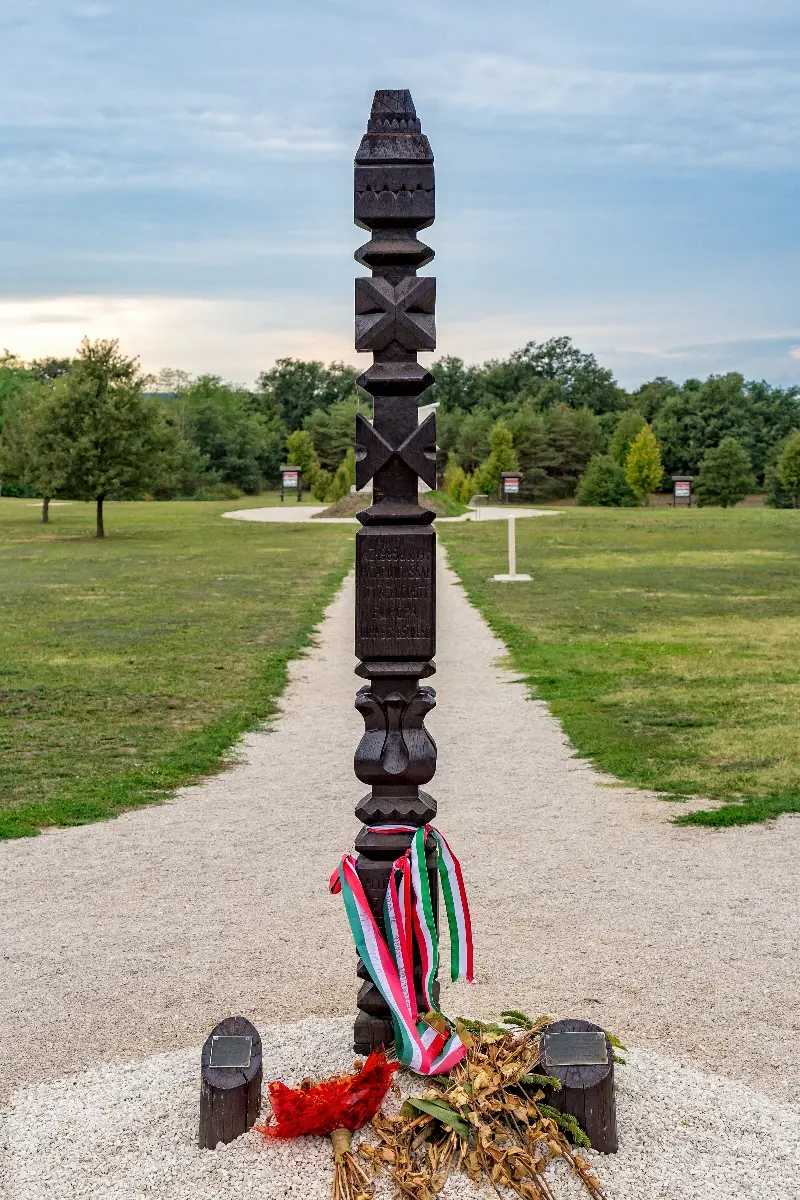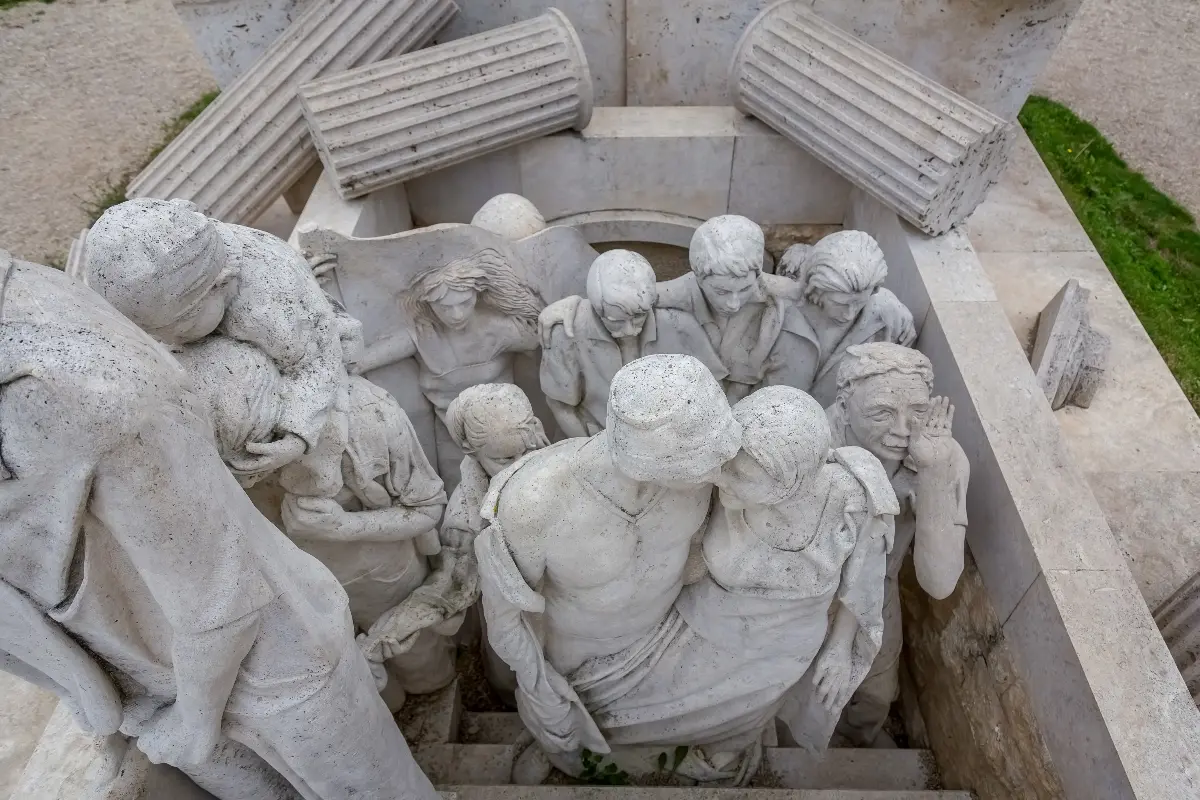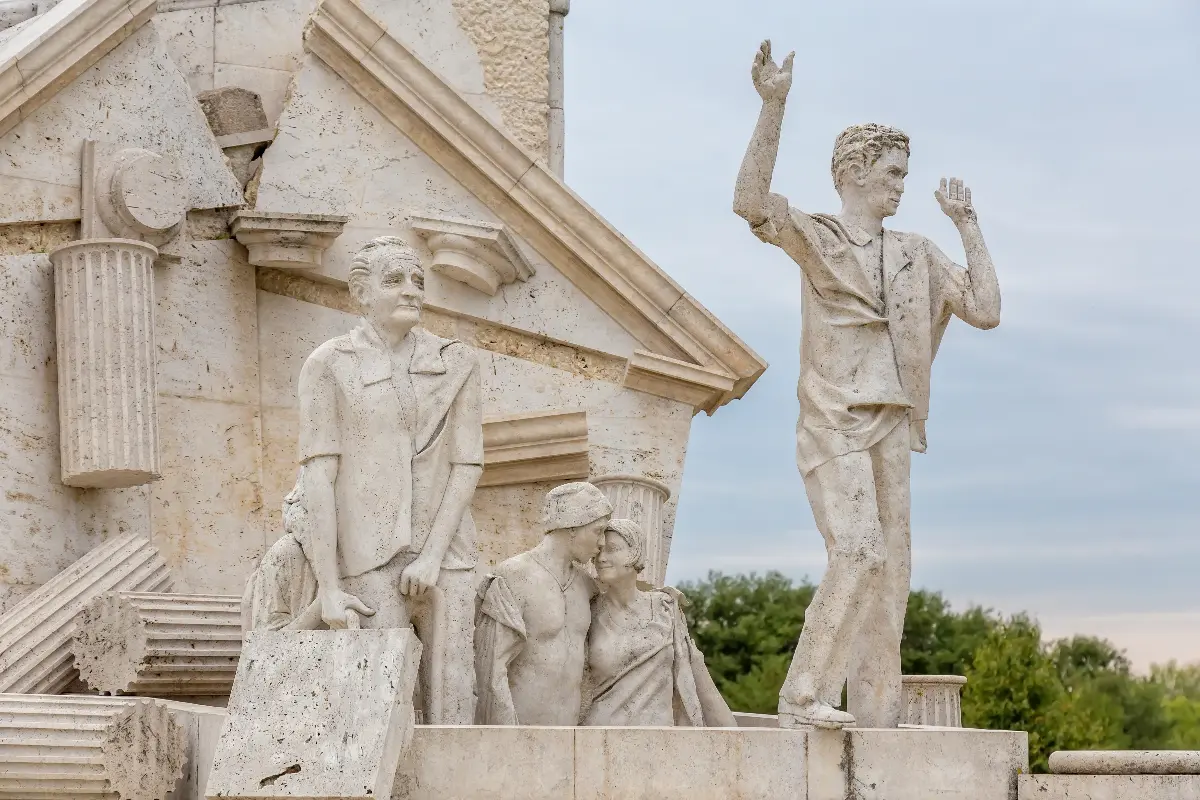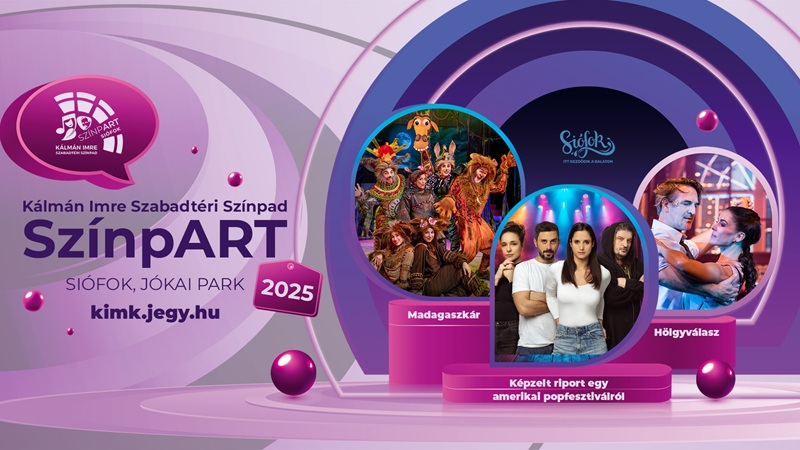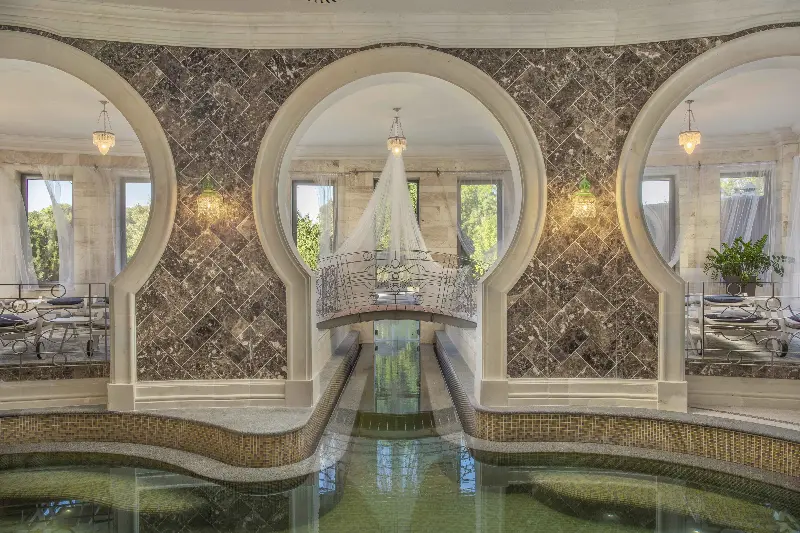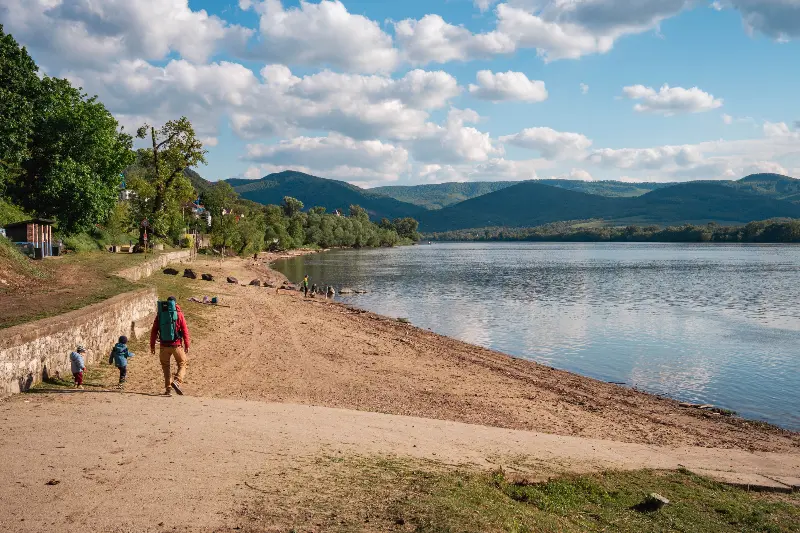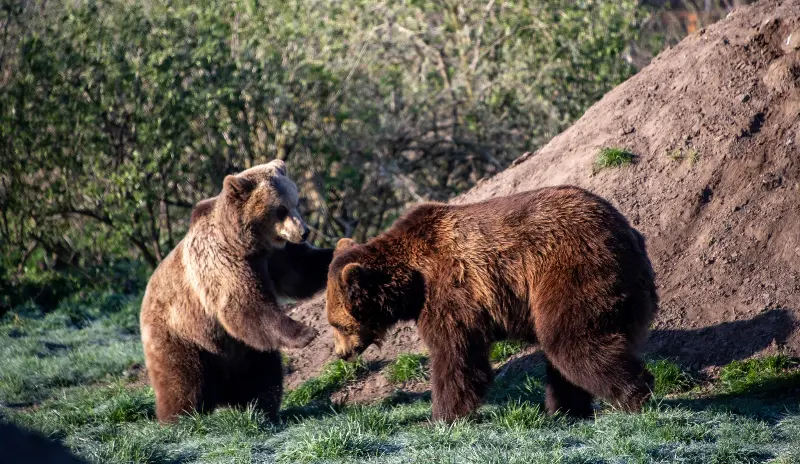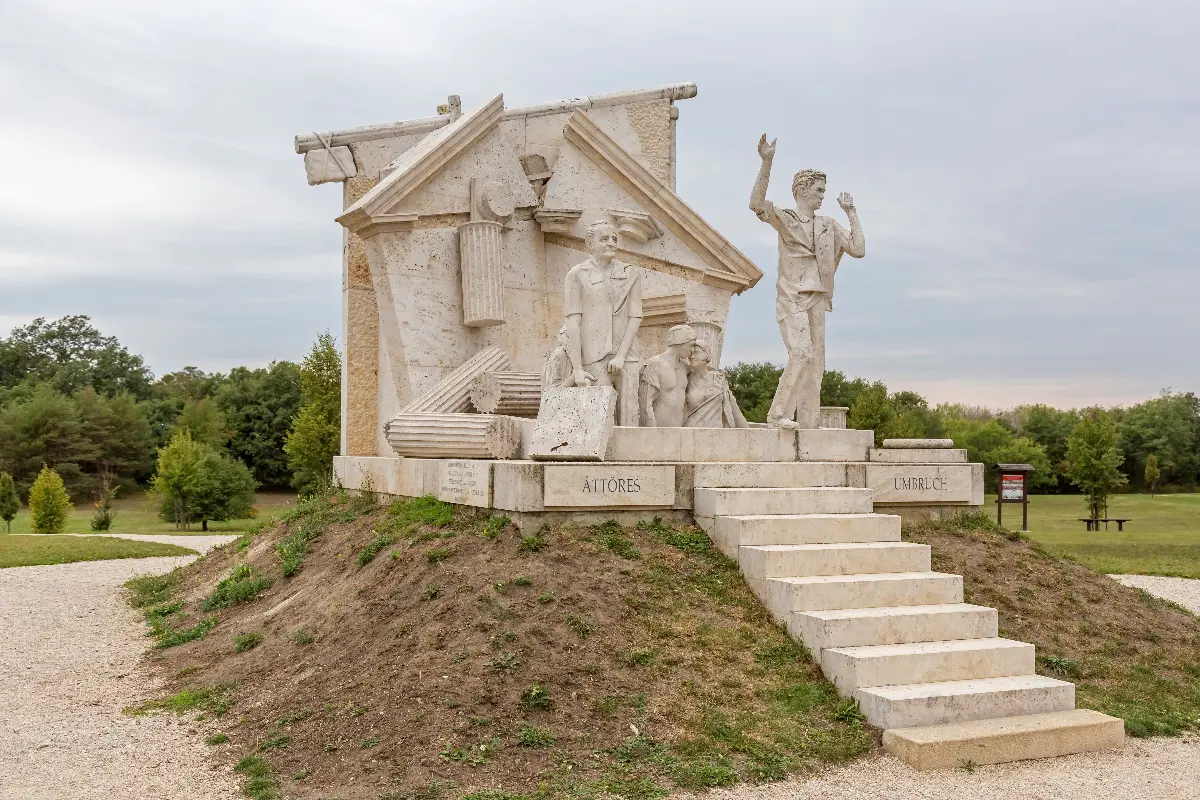
Helyszín címkék:
Pan-European Picnic makes history
Käesz Judit
We are in 1989 here in Sopron, the westernmost city of Hungary, within easy reach of the Austrian border, yet people living on this side of the border are worlds apart from people on the other side. The participants would not have thought at all that the Pan-European Picnic would be included in history books of the time, making the city famous. At that time Sopron was in the news everywhere, the pictures of the border crossing travelled around the world. These East German refugees still return every summer — or their children, relatives — those who participated in this historical event.
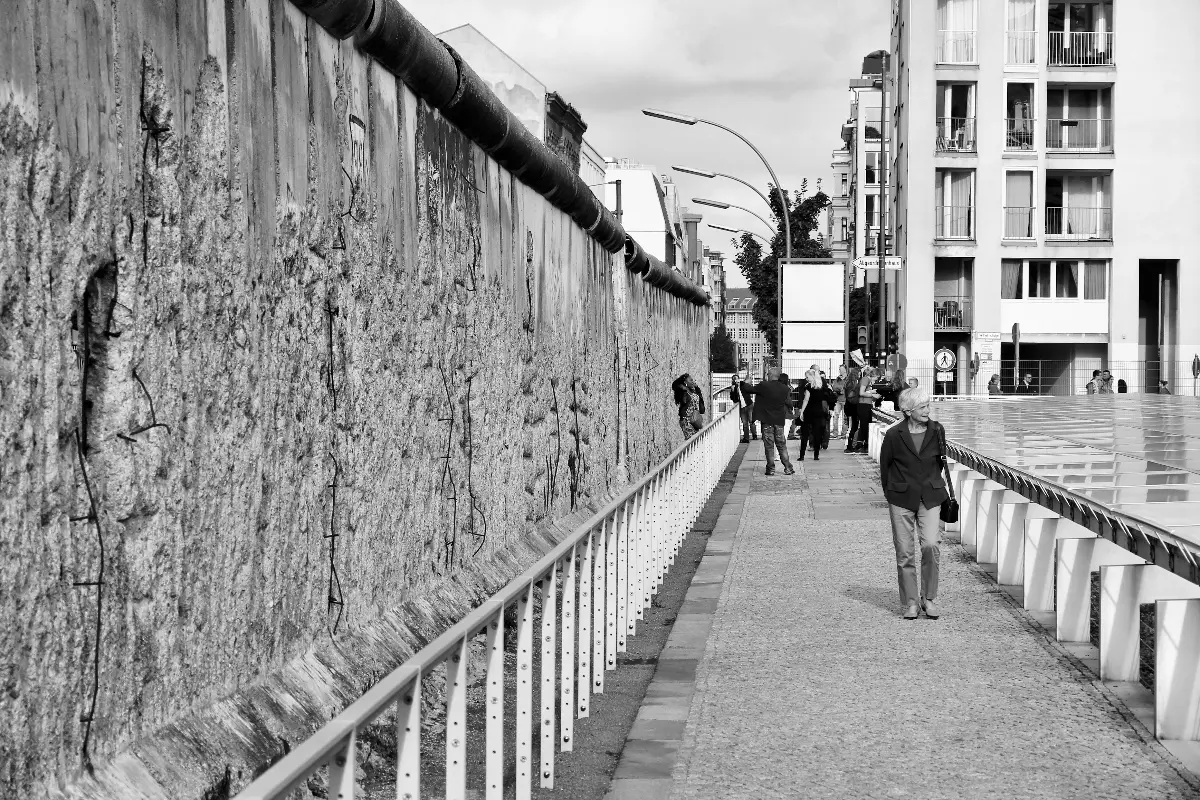
Sopron has been the city of liberty since 1989 — the city demonstrated its loyalty in 1921 in a referendum and it’s as if history is likely to repeat itself in Sopron. On 19th August 1989 Sopron also provided the venue for a significant historic event: East Germans staying in Hungary crossed the border here to arrive in neighbouring Austria, a free country without barriers. The Pan-European Picnic was one of the most significant events of the 20th century set in motion a chain reaction which indirectly led to the fall of the Iron Curtain and the disintegration of the communist system which had been considered to be unshakeable. The city of Sopron can be proud of taking part in the German reunification.
In the summer of 1989 The mutually-reinforcing events in Europe suddenly accelerated, and the impact was felt tangibly in the Austria-Hungarian border region. Transformation, the crash of the system, and obtaining independence were already on the horizon, and Hungary was at the forefront of this change. The German Democratic Republic (GDR) watched helplessly as a growing mass of East German citizens fled from their hopelessness. Their goal was to move to the Federal Republic of Germany and the route through Hungary seemed to be the most suitable way to leave behind the socialist system, as on 2nd May 1989, the destruction of the Iron Curtain was officially announced and started on the Austrian-Hungarian border. However, Hungarian border guards kept turning back invaders, although reconciliations had already taken place that summer about the situation of the large number of East German citizens in Hungary.
As an idea of the opposition, the Austrian-Hungarian border was made the venue for the celebration of European unity, the first Pan-European Picnic. Its organisers recruited Otto von Habsburg and Imre Pozsgay as patrons of the event. Before the beginning of the programme, East German refugees appeared at the venue, then they overran the border in several waves. The Hungarian border guards left alone by their superiors did not prevent the escape, so it became the first truly spectacular action of German unification. Subsequent negotiations led to the official opening of the border barrier on 11th September and the evacuation of the East Germans from Hungary, which meant the reunification of Europe through the loosening of the East German dictatorship and the reunification of Europe.

Chancellor Kohl expressed his thanks as follows: “Hungary knocked the first stone out of the Berlin wall.” The Pan-European Picnic and the crossing of the border have become one of the symbols of European reunification. Tamás Lobenwein — Norbert Lobenwein father of the founder of the VOLT festival — his heart-breaking pictures taken thirty years ago documented the first moments and steps of the unification of the East Germans from the Austrian side. He felt it was worth approaching the venue of the Picnic from Austria via the Sopron border crossing, i.e. with a significant detour of several tens of kilometres. He wanted to take photographs of the opening of the border crossing from there. He had a special sense for always finding a perspective or venue that didn’t occur to anyone else. His intuitions were correct, his images travelled all over the world. Today, at the site of the historic event, we find a Memorial Park, where a “corridor of time” commemorates the former Iron Curtain and the moment of crossing the border, which has now become a pilgrimage site for former East German refugees and their relatives.
